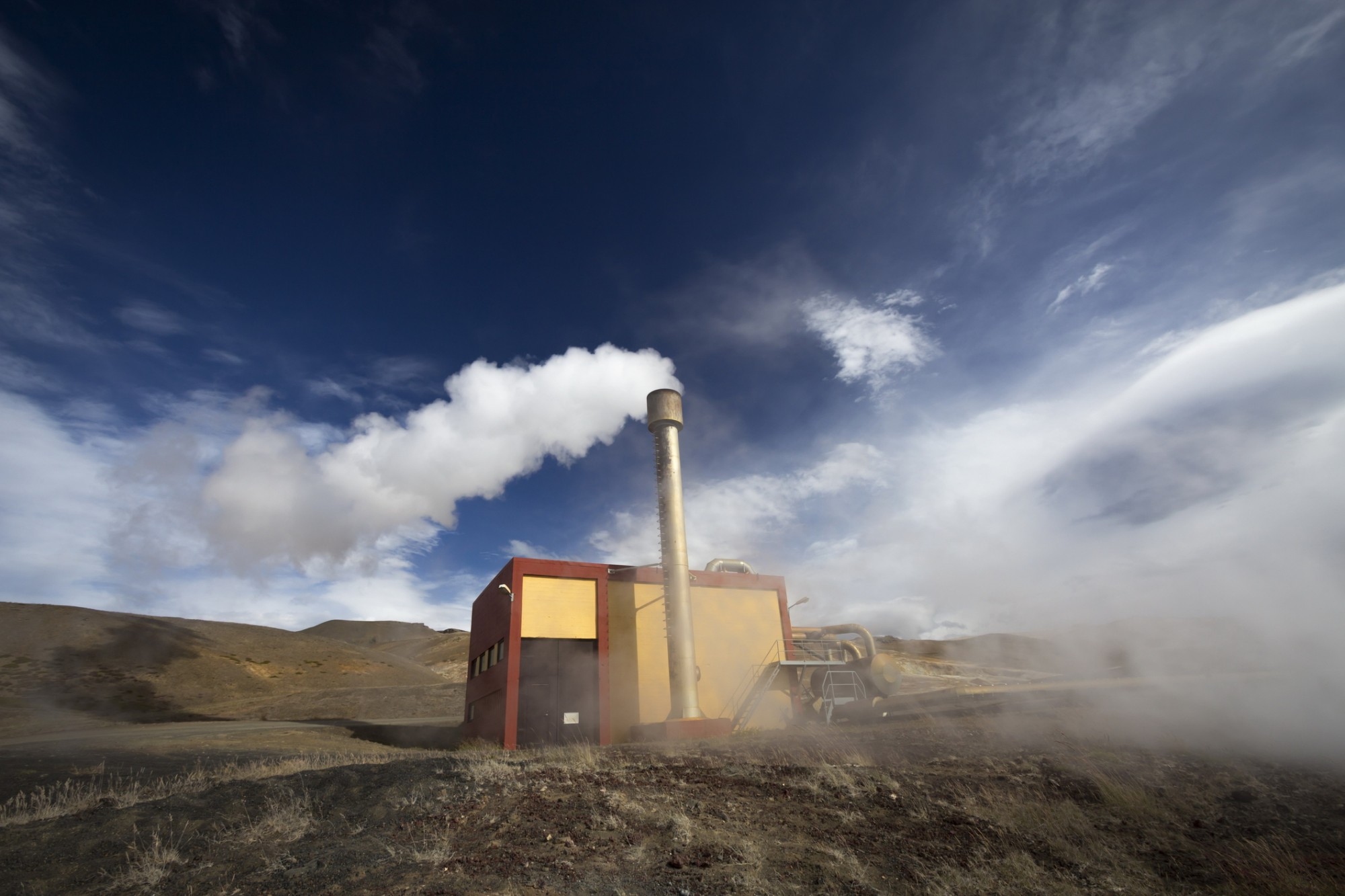Energy Efficiency, GHG Emissions, Sourcing Renewables - October 4, 2023 - By Better Buildings, U.S. Department of Energy
Cross Sector Peer Exchange: Geothermal Systems
An essential element of DOE’s Better Buildings Initiative is convening leaders to discuss ongoing challenges and opportunities related to energy efficiency and decarbonization. Peer exchanges enable organizations from different sectors of the economy to learn from each other and share best practices.
During a recent peer exchange, Better Buildings partners from the healthcare and higher education sectors discussed geothermal district heating and cooling. Topics included funding opportunities and avenues for such projects, as well as successes and barriers encountered during project planning, design, and implementation phases.

Source: Department of Energy Office of Energy Efficiency & Renewable Energy
Better Buildings partners from both sectors were joined by a subject matter expert from the Department of Energy’s Geothermal Technologies Office, who discussed the fundamentals of geothermal heat technologies, implementation challenges, successful strategies, and leveraging funding mechanisms.
Geothermal District Heating and Cooling Systems 101
The Geothermal Technologies Office provided insights into increased utilization of geothermal technologies as a renewable and efficient energy source for heating and cooling demands for higher education and healthcare buildings and campus systems. Geothermal heat pumps (GHPs) transfer heat from one place to another, utilizing the constant underground temperatures to efficiently warm buildings in the winter and cool them in the summer.

Source: Department of Energy Office of Energy Efficiency & Renewable Energy
A GHP system consists of the following components:
1. An underground heat collector: A GHP uses the earth as a heat source and sink through a network of pipes buried near a building. It circulates a fluid that absorbs or releases heat to the surrounding soil, depending on whether the ambient air temperature is colder or warmer than the soil
2. A heat pump: If ambient temperatures are colder than the ground, a GHP extracts heat from the collector’s fluid, concentrates it, and transfers it to a building. When ambient temperatures are warmer than the ground, the heat pump extracts heat from the building and deposits it underground.
3. A heat distribution subsystem: Generally, conventional ductwork is used to distribute air from the geothermal heat pump throughout a building.
GHPs can be used to heat or cool a single building or a network of buildings such as a college or hospital campus.
Case Study: Colorado State University (CSU) Geothermal
Better Climate Challenge partner Colorado State University (CSU) shared the geothermal project on their campus that supports the Moby Complex, a nearly 400,000-square-foot sports facility. The Moby Complex geothermal project began in 2013 with a feasibility study, including a test well. Once funding was secured, design began in 2019 and construction was completed in late 2020. This demonstrates how long such projects can take to complete.

Source: Colorado State University
The Moby Complex was selected as a viable site for geothermal implementation because of the following considerations:
- The outdated heating and cooling system
- Restoration needs of the sports field
- Approaching capacity limit of the steam system
- Favorable life cycle cost compared to other options
CSU recommends the following for making the case to leadership for geothermal projects:
- Thoroughly assess cost-effectiveness and compare alternatives to business as usual
- Conduct tests on wells to understand soil conductivity
- Evaluate the condition of existing building stock, determining elements for replacement and opportunities for reuse or repurposing
A 60-year life cycle cost analysis was conducted to demonstrate the business case to CSU leadership. This study revealed that while the initial capital investment for geothermal was substantial, factoring in other variables (such as electricity, natural gas, and water) demonstrated that the overall cost of the geothermal project was lower than business as usual and additional alternatives.
Learn more about how healthcare and higher education are successfully implementing geothermal district energy systems:
This column originally appeared as a blog on the Better Buildings website.
 The Better Buildings Solution Center houses over 3,000 resources shared by Better Buildings partners and other stakeholders. These replicable solutions help organizations bolster their bottom line, advance technology innovation, create jobs, and spur energy efficiency investments.
The Better Buildings Solution Center houses over 3,000 resources shared by Better Buildings partners and other stakeholders. These replicable solutions help organizations bolster their bottom line, advance technology innovation, create jobs, and spur energy efficiency investments.
Read These Related Articles:
- Boise Receives Donation to Expand Geothermal Energy
- Corporate Clean Energy Purchases Surpass 100 GW
- Pathways to Commercial Liftoff: Geothermal Heating and Cooling
- University at Albany Funds Decarbonization Project
- LEGO Group Increases RE, Sustainable Sources
Share this valuable information with your colleagues using the buttons below:
« Back to NewsStay Up-To-Date












